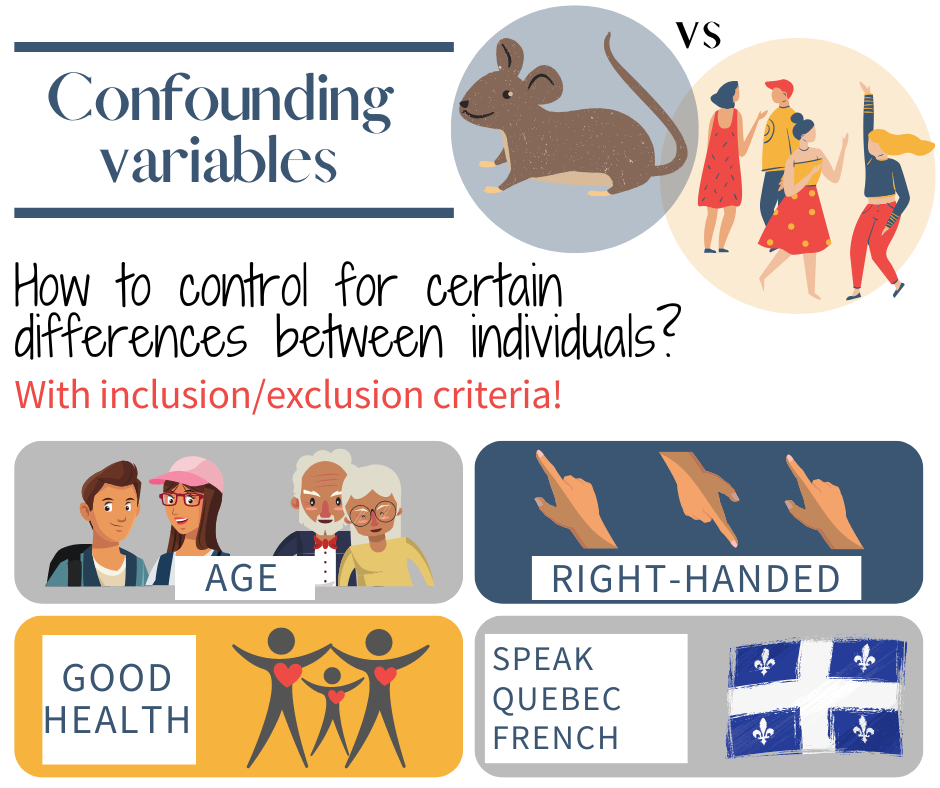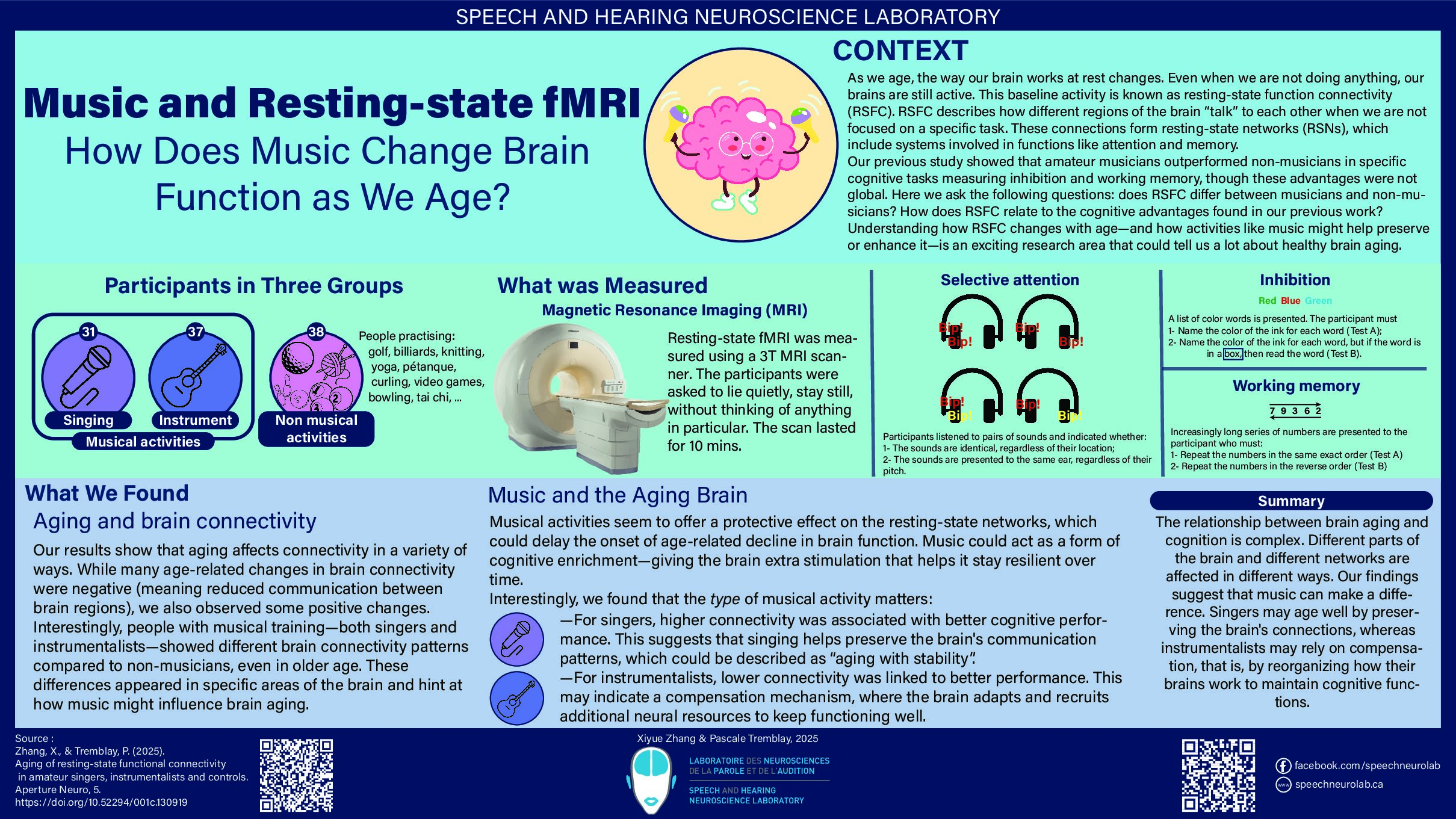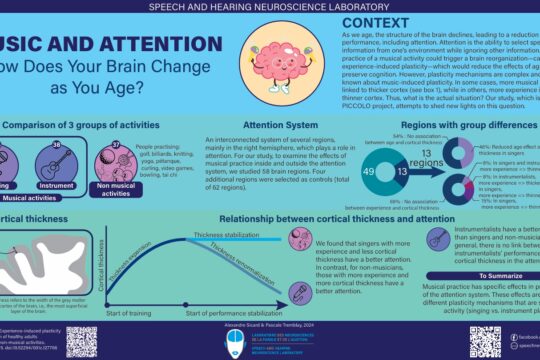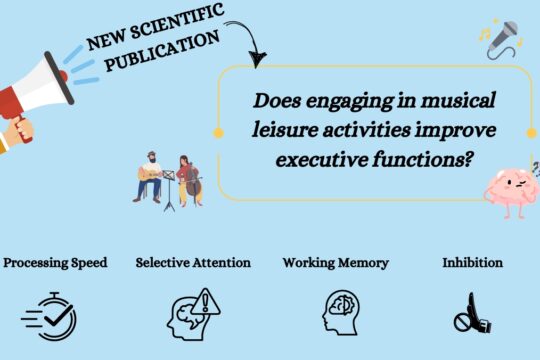A major challenge facing research teams working with human participants is to find participants who meet specific criteria in order to reduce as many confounding variables as possible.
Confounding variables?
A confounding variable (sometimes called a parasite variable) is any factor that influences a phenomenon under study and interferes with the establishment of a relationship between the variables of interest. These factors may be related to the procedure and the data collection tools, the instructions, or even to the selection of participants. The confounding variables related to the participants will take different forms depending on the specific study. While a language study controls the participants’ language, a vision study will control for vision and the correction of vision (e.g., through prescription eyeglasses), and a study on pulmonary health will attempt to control for smoking, exercise and any factors that affect pulmonary function. Similarly, a study on eating disorders will exclude people who do not have this type of disorder. A study on the effect of COVID on learning will recruit only school-aged children. None of these exclusion or inclusion processes are akin to discrimination. These processes allow research teams to answer scientific questions by ensuring that the population under study does not vary on certain key factors. Let’s take the example of a study looking at the impact of two diets on the incidence of heart disease. A confounding factor here would be obesity. Indeed, obesity is a risk factor for heart disease, which could influence the measured relationship between diet and the presence of these diseases. If the participants of Group A have a higher weight than those of Group B, it will be impossible to separate the diet’s effect from weight’s effect!
How can researchers handle these situations?

Rodents vs. Humans
Studies on laboratory animals such as mice work with animals specially engineered for research, ensuring absolute homogeneity. Laboratory mice are far from field mice! Did you know? These lines of mice are obtained by mating individuals from the same litter over several generations, making them inbred mice that are genetically identical, like clones. These lines can then undergo genetic modifications, e.g., to mimic a human disease such as Alzheimer or Parkinson disease. In addition to controlling the genetic variability of mice and other laboratory rodents, it is possible to strictly control their food, habitat, stress level, night cycle and many other factors such that they experience exactly the same environment. Obviously, such control is impossible with humans! It is not desirable either, because total control often leads to non-replicable results. Indeed, something that is found in one very specific type of lab mice may not be found in the entire rodent population. In reality, animals differ from each other!
In Humans
Like animal research, human research aspires to control for as many confounding variables as possible. It is for this reason that our studies include several inclusion and exclusion criteria. The inclusion criteria are those that allow you to participate in our studies, while the exclusion criteria will prevent you from doing so.
Some Common Inclusion Criteria in our Studies
Being a French Speaker and being familiar with the Quebec variety
We ask our participants to have French as their native or main language regardless of their ethnic origin, that is to say to speak French fluently and to understand it fully, and we also ask them to be familiar with Quebec French. Our participants are therefore from diverse ethnic origins, but they all have in common to speak French.
Why these criteria?
To study the mechanisms that enable the perception and production of speech, we use stimuli (e.g., vowel recordings) that are created in French, and more specifically Quebec French—the most common variety in Quebec. There are multiple varieties of French (as there are multiple varieties of any language that is spoken across multiple countries, such as English and Spanish), such as Belgian French, Beninese French, French from France, Swiss French, Senegalese French, Togolese French and many others. As the Quebec variety is sufficiently different from other varieties, we must ensure that our participants are familiar with this variety in order to successfully complete our tests. To give an example, vowels are pronounced very differently in the Francophonie [1]. If we ask a person to identify Quebec’s vowels, their performance will vary according to their linguistic background, and may be lower for those not familiar with the Quebec variety, which is not the subject of our studies. Rather, we are trying to understand the relationship between the brain and language, and how this relationship changes with age and the practice of different activities. Thus, by ensuring that our participants have a common linguistic background, we can compare their results in language tasks knowing that the differences measured are not related to a language factor but rather to the factors that we are investigating, such as age.
Being right-handed (known as manual preference)
Surprising? This is in fact a common criterion for studies of language neuroscience as well as for most studies focusing on movement control.
Why this criterion?
Because cerebral organization in left-handed people is slightly different from the majority of the population, i.e., right-handers. This particular organization of the left-handed brain is in no way negative or problematic. However, it complicates the interpretation of magnetic resonance imaging (MRI) and brain stimulation data. Indeed, if a region of the left hemisphere, for example the planum temporal, is specialized in the processing of speech sounds for right-handed people, but not for left-handed people, the anatomy, connectivity and functioning of this region could differ from one person to another according to their lateralization. To learn more, read our blog post on the subject!
To be in a Good Health
In general, we are interested in the normal functioning of the brain, i.e., in the functioning of the brain of people without major health problems. The criterion includes several types of health problems:
- Language problems. The majority of our studies focus on the mechanisms of perception and the production of language, so we need to ensure that our participants have normal language skills in order to be able to study the relationship between language performance and the brain. We therefore exclude people who have diagnosed language problems, such as stuttering, dyslexia, dysarthria, and dysorthographia.
- Hearing problems. As our studies focus on the perception and production of language, it is important to ensure that the results are not affected by hearing. However, as aging causes a normal decline in hearing, we only exclude people with major hearing problems, i.e., people with cochlear implants, or who have total or partial deafness of an ear (e.g., related to noise exposure) or those with genetic syndromes.
- Diagnosed psychiatric, neurological and cognitive problems. This includes psychiatric disorders (e.g., schizophrenia and major depression), neurological diseases (e.g., diagnosed ADHD and epilepsy) and neurodegenerative diseases (e.g., Alzheimer’s disease). Accepting participants with these conditions would prevent us from differentiating between the factors we wish to study and those related to these diseases. Likewise, we usually exclude people who take drugs that affect the brain (i.e., psychotropic drugs). This includes antipsychotics (e.g., Seroquel), mood stabilizers (e.g., Lithium), antianxiety drugs, and psychostimulants (e.g., Ritalin, Concerta).
Age
You certainly know that our brain changes enormously from childhood to adulthood, until the very end of life!
Many of our studies aim to understand the impacts of aging on the brain as well as on speech/language and cognitive functions. Thus, it is necessary to recruit people that vary in age. We usually strive to have people aged between 20 and 100. During recruitment, eventually certain age ranges become complete, this is why we sometimes have to refuse people that are of an eligible age!
[1] The Francophonie refers to men and women who share a common language: French. It is estimated that there are over 321 million French speakers across five continents.



